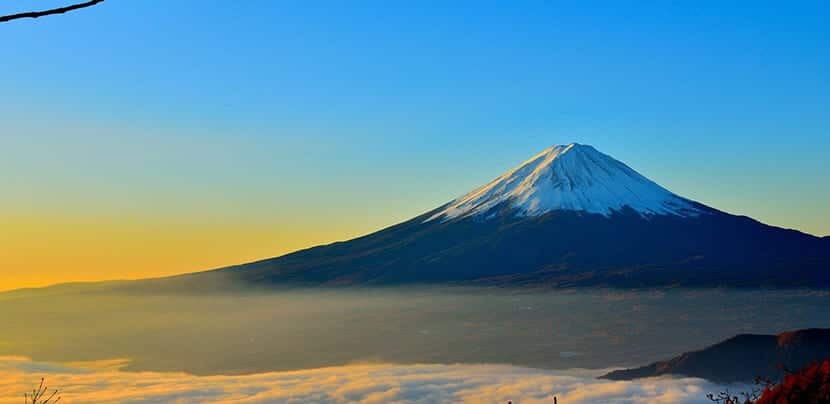
The symbol of Japan is Mount Fuji. Any fan of manga, anime or Japanese cinema knows it and anyone who wants to visit the country includes this mythical mount on your way. And it is worth getting closer to see it up close, to climb its slopes, go hiking or simply enjoy the peace of the mountain.
That is why today we will talk about one of the most famous mountains in the world: the impressive Mount Fuji.
Mount fuji
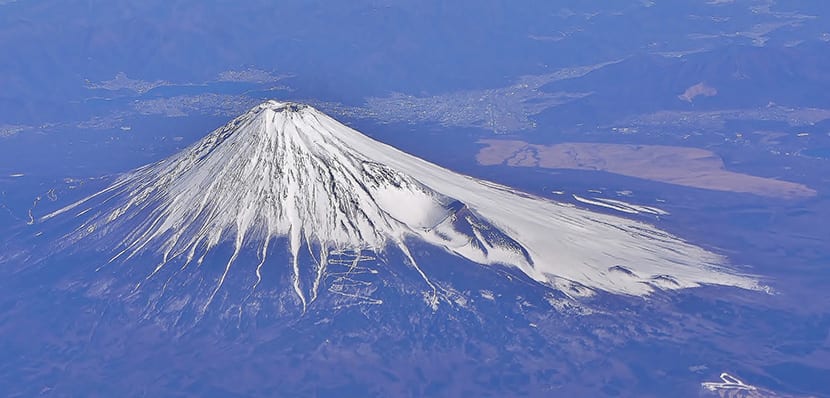
In principle it is worth saying that It is the highest mountain in Japan with its 3.776 meters high. In addition, it is the second highest mountain in Asia located on an island. It's about a active volcano although the last eruption took place at the beginning of the XNUMXth century.
The Fujisan, as the Japanese call it, is just a few one hundred kilometers from Tokyo And if you are lucky enough to stay in a tall building, on a clear day, you can even see it from your room. Its beauty lies in the fact that it stands unique with its impressive height and is a perfect mountain, a symmetrical cone from which you look at it that almost half the year has the top covered by a ciborium of snow.
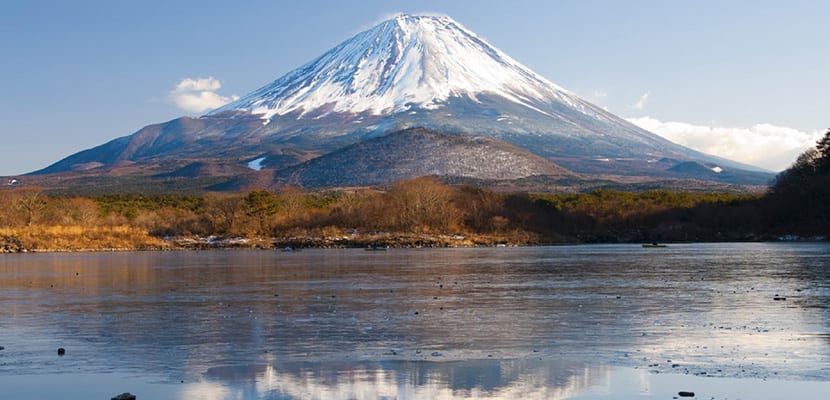
Since 2013 is World Heritage but before it was part of a trio of national importance, the Three Sacred Mountains, along with Mount Haku and Mount Tate. The mountain is surrounded by five lakes that today are very tourist destinations: Lake Kawaguchi, Yamanaka, Mototsu, Sai and Shoji and Ashi. The views from these bodies of water are wonderful.
Visit Mount Fuji
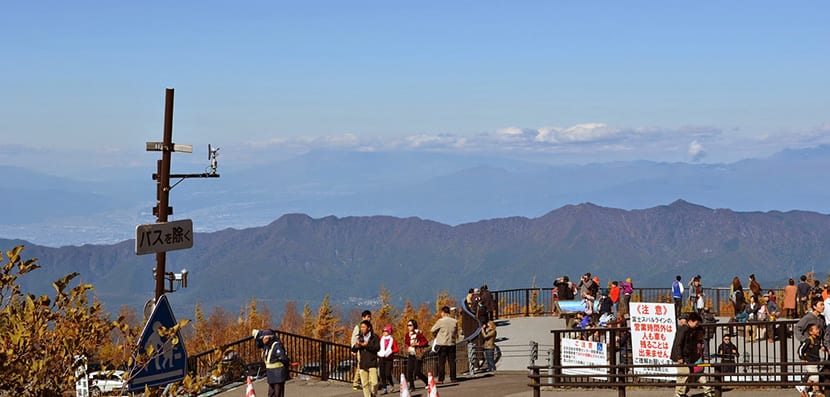
We can start with the attractions on the same mountain: Subashiri Station, Fujinomiya, Subaru Line Station 5, Fujiten Snow Resort, Gotemba Station 5 and Yeti Snow Town. Actually there are ten stations, one at the foot of the mountain and the tenth at the top, but the asphalt roads go up to 5 and here there are five stations number five located on different sides of the mountain. The five that I named above.
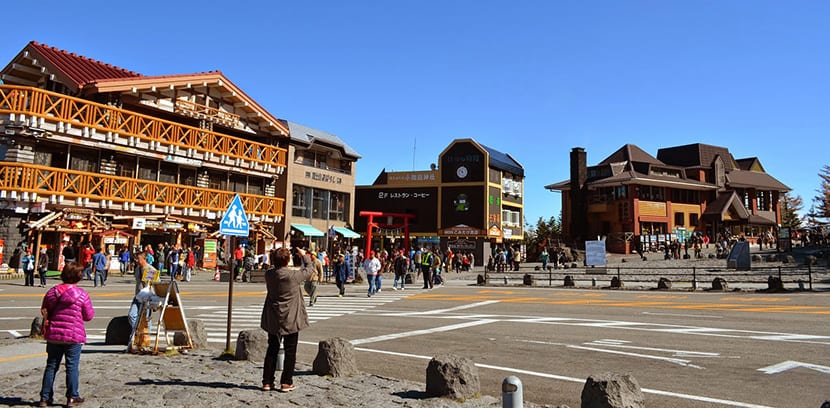
La Station 5 Subashiri is on the east slope of Mount Fuji and It is one of the easiest accesses using public transport from Tokyo. It is not a very developed station and there is only a parking lot, restrooms and a couple of shops and restaurants. There are no lockers and if you have a car there is a road that leads here but closes in the climbing season, that is, from July 10 to September 10, which is when buses abound.
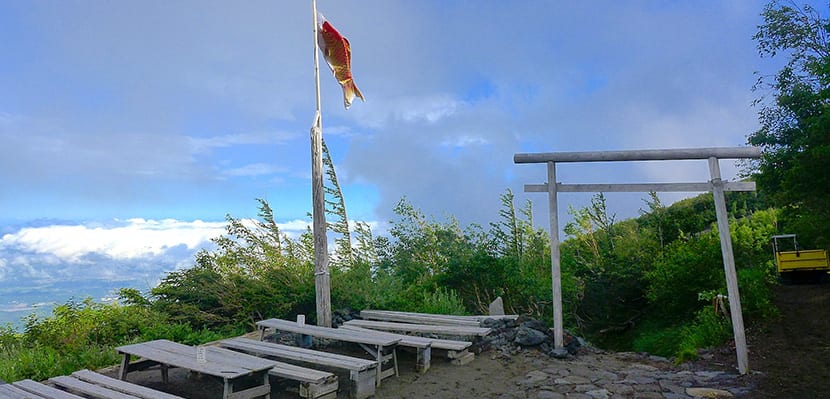
The most important thing here is the Subarishi Trail that takes you through the forest. There are not many people because other mountain routes are more popular. The ascent takes five to eight hours and the descent takes three to five hours to an average altitude of 1950 meters. If you want to walk less, you can go up to a different peak, the Kofuji Peak or Little Fuji, which is reached after just 20 minutes of walking from the Station through the forest.
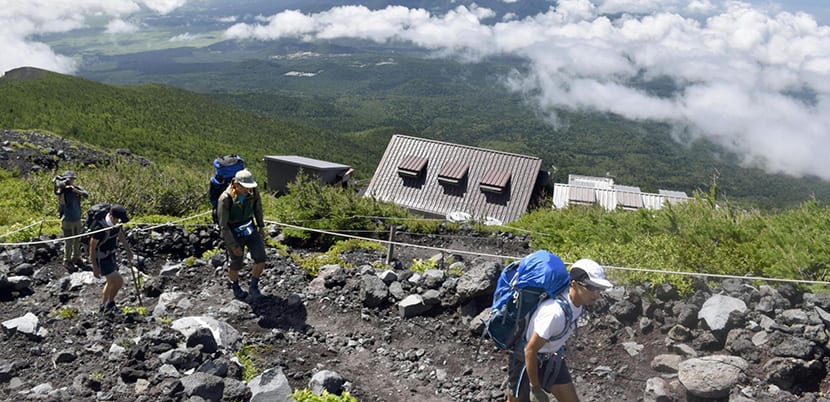
La Station 5 Fujinomiya it is the second most popular and developed station of the Fuji stations. It is easily accessible and you can get there by taking the JR Tokaido shinkansen and then buses. It has a lot of parking, shops, restrooms, and restaurants. It is at an altitude of 2400 meters and also offers its own path, the Fujinomiya Trail, the shortest route to Mount Fuji. The ascent takes between four and seven hours and the descent takes between two and six.

There is also a side peak here, the Hoeizan, with very panoramic views of Tokyo or the Pacific Ocean. There is also the Fuji Subaru Station 5 which is the most popular of all and the one with the best access from Tokyo. It is accessible most of the year and is easily reached using the Subaru Line, a toll road that goes up to Fuji from the town of Kawaguchiko. In addition, as it is at an altitude of 2300 meters, it has really beautiful views of the landscape.
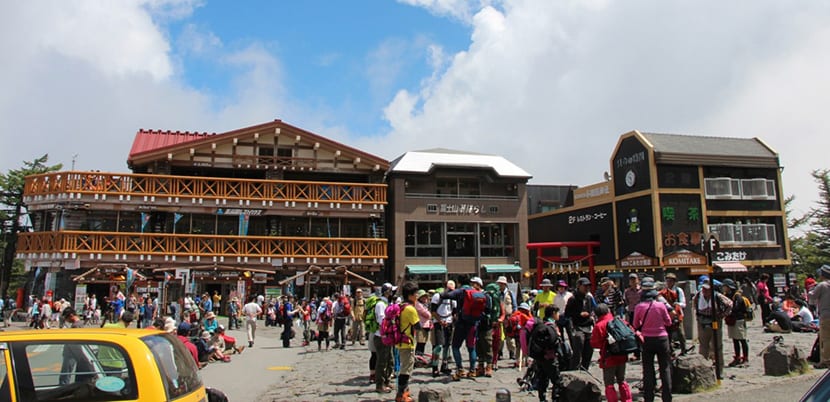
Then there is the Gotemba Station, at 1400 meters and underdeveloped, and the Fujiten and Yeti ski resorts, it is smaller. Now, a lot of people wait for the climbing season to officially open because it really is a memorable experience.
The official season is from July to September which is when there is generally no snow and the shelters are open. There are Japanese and also many foreign tourists so if you don't want crowds of people avoid Obon Week in mid-August which is super popular.
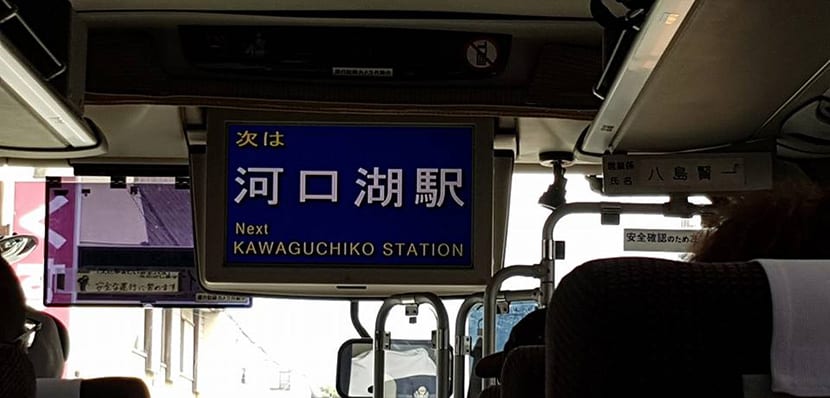
Y If you don't want to hike or climb Fuji, what can you do? Well, visit the surrounding towns and enjoy their lakes. Thus, there are Fuji Lakes, hakone y Fujinomiya. The Fuji Lakes are at the northern base of the mountain. I went a few days to kawaguchiko and I had a great time. I arrived by bus from Tokyo, I stayed in a super onsen hotel overlooking the lake, I rented a bike and got tired of pedaling, I went up Mount Tenjo by cableway ...
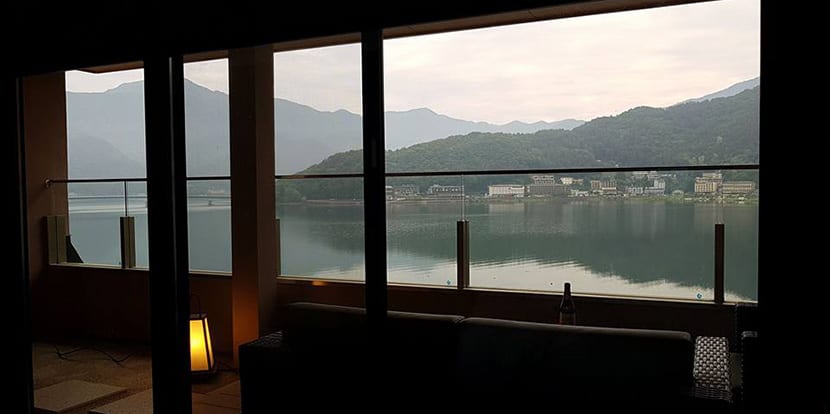
You can see more lakes but there you can no longer go by bike and it is convenient to rent a car. I was going for three days so it wasn't worth it. My advice is that if you want to do more or it is your second time at Fuji, be sure to visit Hakone.
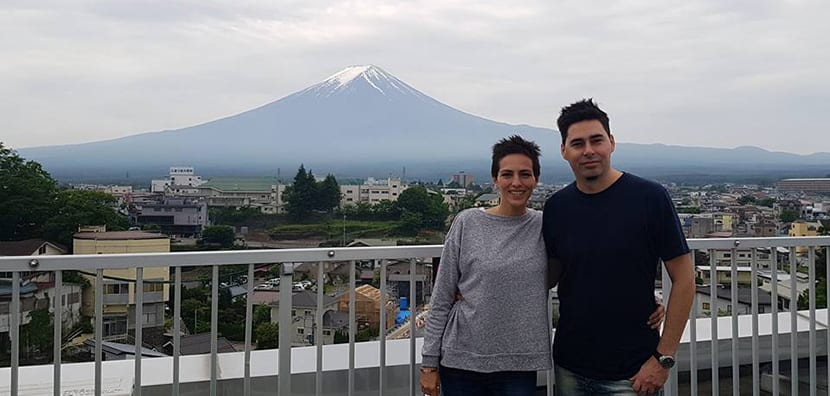
Hakone is part of the Fuji Hakone Izu National Park, less than a hundred kilometers from Tokyo. It is a very popular destination and I recommend going for a couple of days, three or four much better. Tourists often make a day trip but in truth you spend it within means of transport and you do not enjoy anything. There are different tourist passes to take advantage of everything and that is why it is important to decide how long you stay.
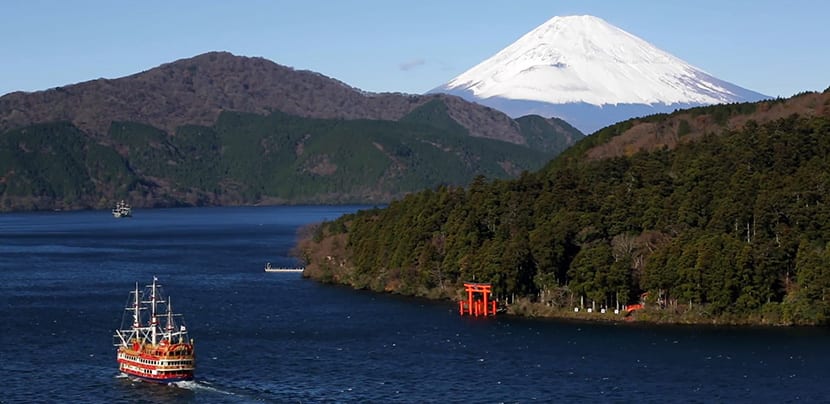
El Hakone Circuit is what everyone does. It connects Souzan Station, the terminus of the Hakone Tozan cableway, with Togendai Station on the shores of Lake Ashinoko with stops in Owakudani and Ubako. This tour is covered by the Hakone Free Pass and the tour is beautiful because you have views of mountains, sky, fumaroles, forests ... It takes about five hours to do the whole tour, which can end with a pirate ship ride on the lake.

What do I recommend? Stay in one of the stations halfway, there are ryokans, beautiful traditional accommodations, and make that journey another day with more time. That is, you arrive from Tokyo, take the cable car, get off at the station where you stay, relax, walk, walk and the next day you continue with the circuit. I think it's a thousand times better than doing everything together in one day. The HFP costs from Shinjuku 5140 yen for two days and 5640 for 3 days. If you buy the pass in the area, in Odawara, the price is 4000 yen for two days and 4500 for three days.
These prices are until March 31, 2019, starting in April it increases to 5700/6100 and 4600/5000 yen. I think visiting the Mount Fuji area is highly recommended when someone visits Japan. Tokyo is wonderful, but discovering this pearl of natural beauty just a hundred kilometers away adds charm. Do not stop doing it.